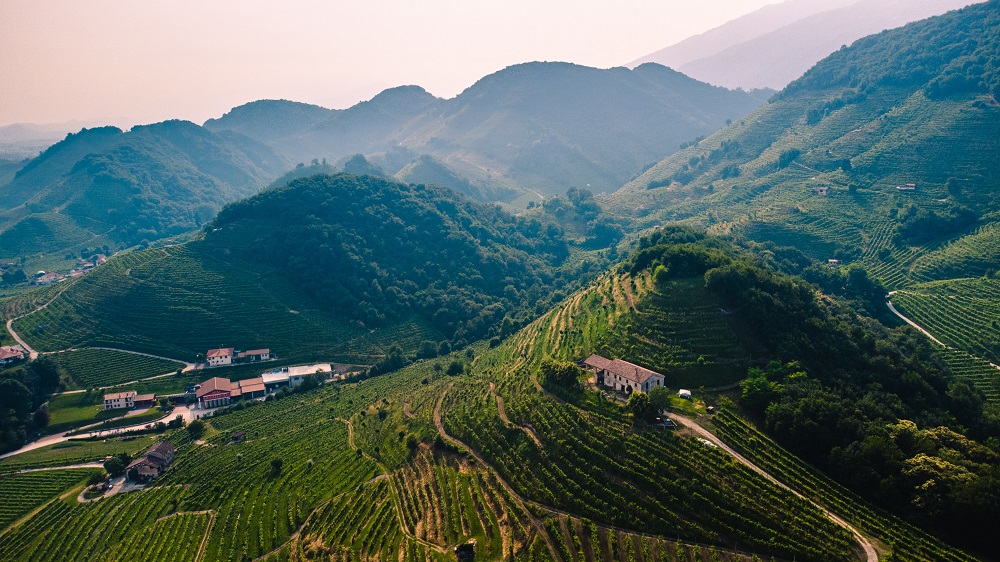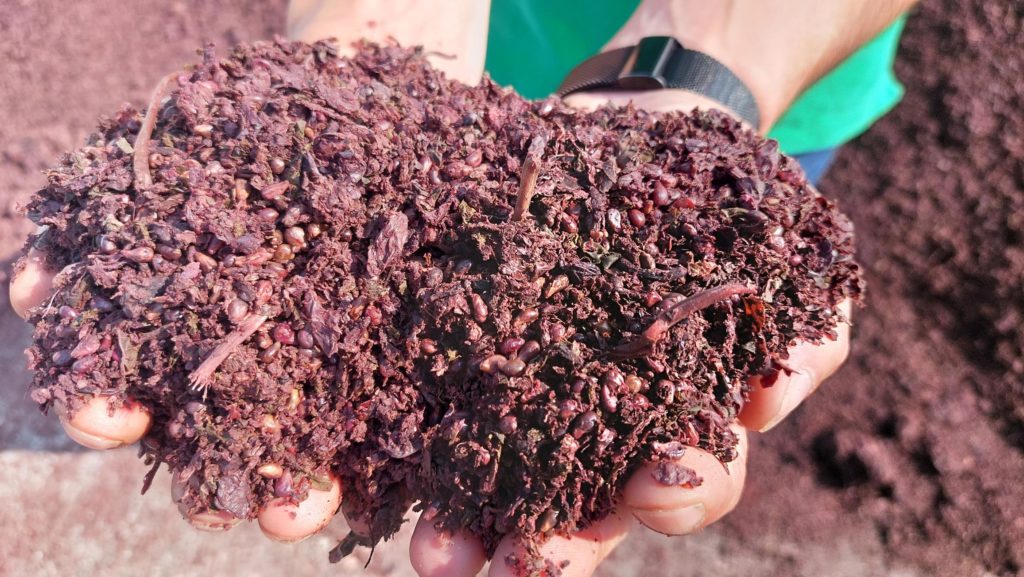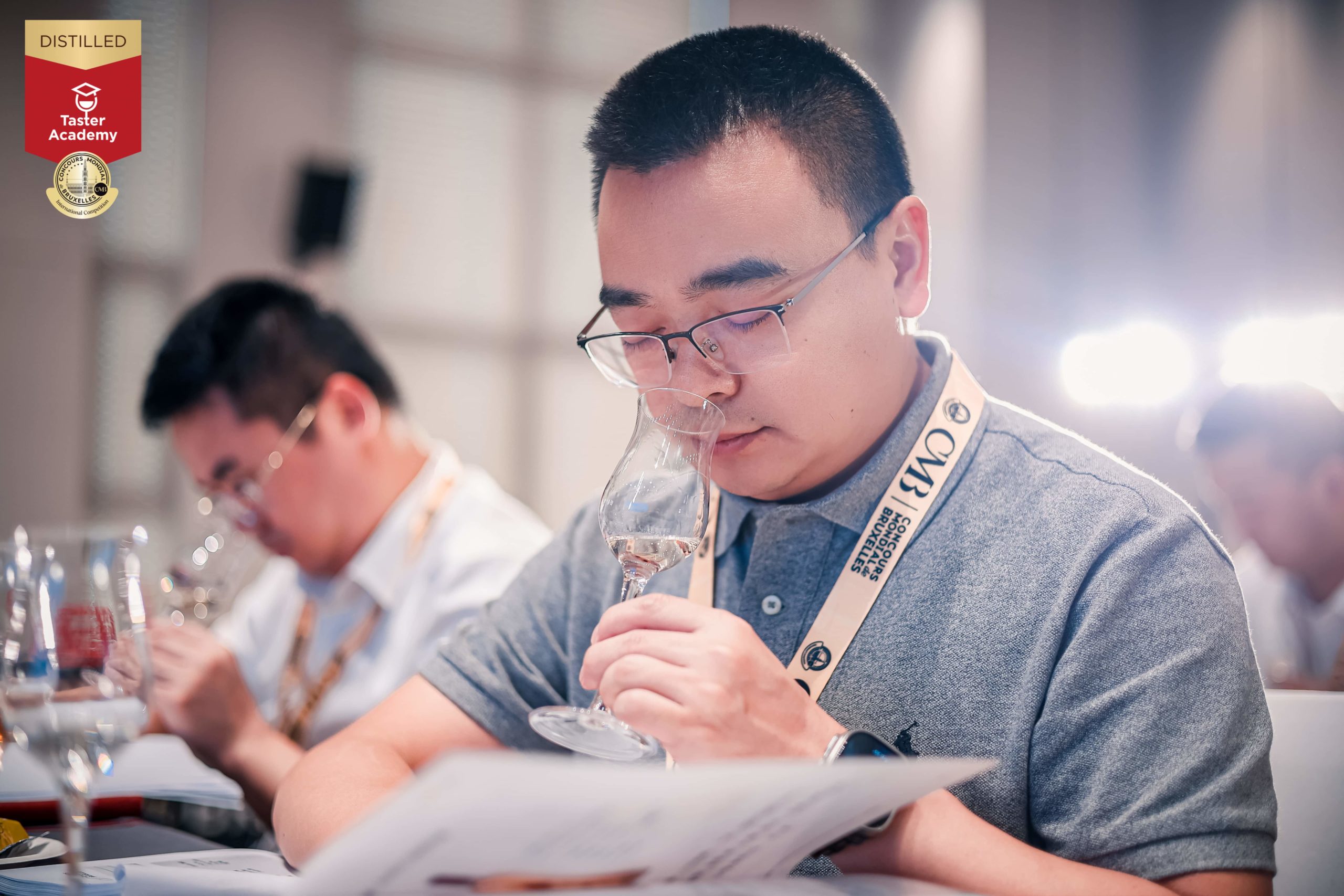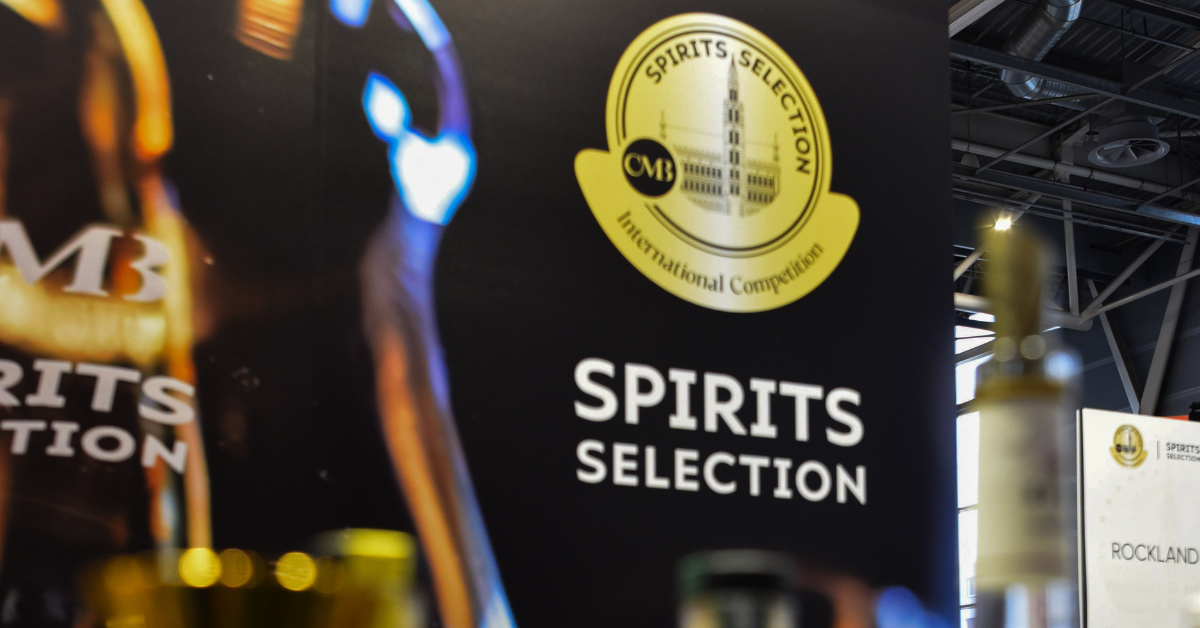What is grappa? Part 1 – The raw materials

Grappa is a spirit made by distilling fermented grape pomace which is distilled either directly using water vapour or by adding water and possibly adding wine lees in defined proportions. This is the definition as per European regulations.
However, this bureaucratic description does not do justice to this unique Italian distillate, which is among the most challenging to produce, allegedly one of the few distillates in the world made from a solid base material such as grape pomace. Even the word pomace seems almost derogatory, so it is perhaps more appropriate to refer to skins. The left-over skins, a residue of the winemaking process, could be viewed as poor material but they are in fact replete with compounds that promote the formation of aroma and flavour in grappa. As a solid matter, they are much lower in alcohol than, say, wine, which is used to produce brandy. Conversely, because they come from such an incredible fruit as grapes, they are packed with aroma.
Pomace, or rather skins, undergo differing production regimes, depending on the method of winemaking which, for simplification purposes, can be divided into two broad categories.
For white winemaking, the grapes enter the winery and the must is immediately separated from the solid parts – the skins and seeds, and possibly the stalks. The must is then placed in fermenters where it will undergo fermentation and subsequently racking to become wine. The pomace still containing various amounts of must is sent to the distillery where it will be fermented as appropriate and then distilled.
For red winemaking, the grapes are destemmed and crushed. The must is subsequently fermented, and contact with the skins and seeds can be of varying duration. Depending on the producer’s desired product style, contact is interrupted by the racking process, where the must-wine or wine is hived off from the solid parts, i.e. the skins and seeds. Here, the pomace can either be separated from the wine residue and then sent to the distillery, or it can be pressed with special equipment to remove the wine residue it still contains and then be delivered to the distillery.

By referring to white grape pomace or red grape pomace, this is often a simple but effective way of differentiating between grape pomace divided into two groups: sweet grape pomace and fermented grape pomace.
Sweet grape pomace comes from processing grapes as white wine but does not necessarily stem from white grapes – this is true, for example, of Pinot Noir grapes used to make sparkling base wines. Fermented pomace comes from processing grapes for red wine, and often these grapes are from red varieties. Further subdivisions can be even more granular, distinguishing between grape pomace from a single variety of grape and non-varietal pomace from different types of grapes, or between pomace from aromatic or non-aromatic grapes.
In addition to the skins, that can be fermented or not, a second component can be used – the lees. The lees are vegetal residues in the must or wine in suspension which are composed of small pieces of skin and other plant materials, including yeasts, that precipitate during the clarification phase of the must and subsequently of the wine. The name lees offers no indication of the potential quality hidden in this sediment. Noble lees are often used in certain maturation processes, where the wine is deliberately kept on its lees to enhance nuance of aroma and flavour. Lees can be used in the distillation process in precise percentages.
These winemaking methods can be integrated and even summated so this description is only for information purposes. It helps to explain what pomace is by distancing it from the erstwhile idea of residual material from fermentation, putting it back in its rightful place as a raw material stemming directly from the grapes.
Davide Terziotti


